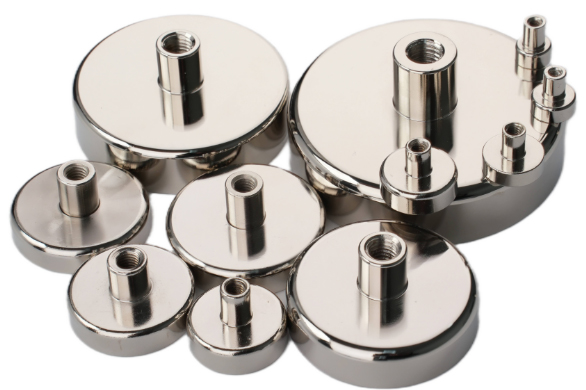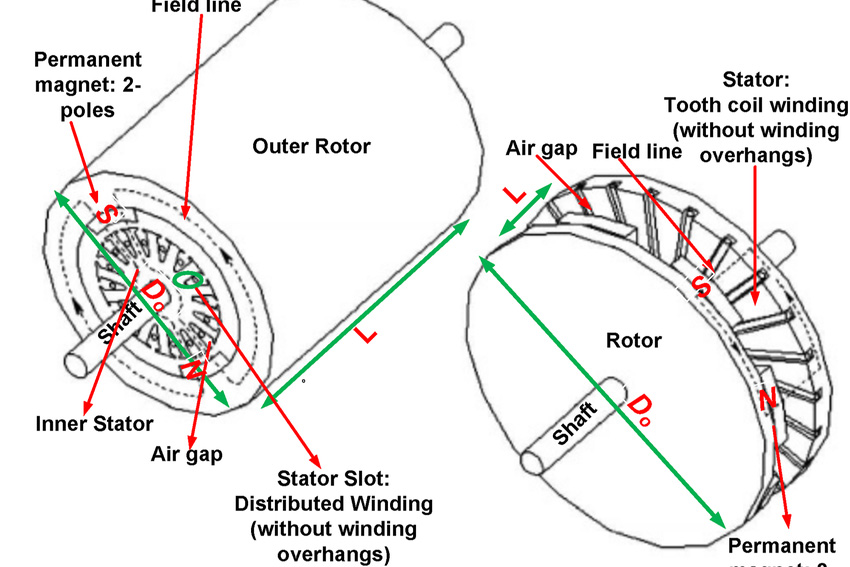What is the Magnetic Force of NMR Ferromagnetic Magnet?
The major and important part of the MRI system is the magnet. The unit that identifies this magnet is called Tesla. Another commonly used unit of measurement for magnets is Gauss (1 Tesla =10000 Gauss). The magnets currently used in magnetic resonance imaging range from 0.5 Tesla to 2.0 Tesla, or 5,000 to 20,000 gauss. Materials Research Institute of Tsukuba, Ibaraki Prefecture, Japan, announced the development of a magnetic resonance imaging system, magnetic field intensity reached the world's highest level of 24 Tesla.

The magnet is ferromagnetic NdFeB magnet. A thumb-sized neodymium iron, about 5,000 Gs in a relatively poor material, is adsorbed on the metal surface and can hardly be broken. Moreover, the magnet specifications of MRI are slightly larger, and there is more than one magnet in the instrument. When two magnets are adsorbed together, the magnetic force will superimpose. Because the magnet is so powerful, if precautions are not strictly followed, metal objects can become dangerous emitters and fly out if they are brought into the scanning room. For example, paper clips, pens, keys, scissors, hemostatic forceps, stethoscopes, and any other small items can all be suddenly pulled out of your pocket. Can you imagine if your hands and feet were nailed through a steel plate and pulled out because the magnetism was too strong? Then the metal gets a high acceleration when it leaves the body and flies instantly to the opening of the magnetic field (where the patient is), which poses a threat to the safety of everyone in the room.

The magnetic force acting on an object increases exponentially as the object approaches the magnet. Suppose you hold a pipe wrench and stand 4.6 meters away from the magnet. At this point, you may feel a slight pull (depending on the size and material of the magnet). With a few steps closer, the pull will increase a lot. When you walk within 1 meter away from the magnet, the spanner is likely to break away from your hand. In addition, the greater the mass of metal is, the more dangerous it is, because it is much more attractive by magnets. Mop buckets, vacuum cleaners, drip racks, oxygen cylinders, patient stretchers, heart monitors, and countless other things have been sucked into the magnetic field of magnetic resonance imaging machines. Small items can usually be pulled from the magnet by hand. Large objects may have to be towed away by a hoist, or even the magnetic field needs to be turned off. It can be said that if a metal object is brought into the NMR, the room is likely to become a battlefield!















